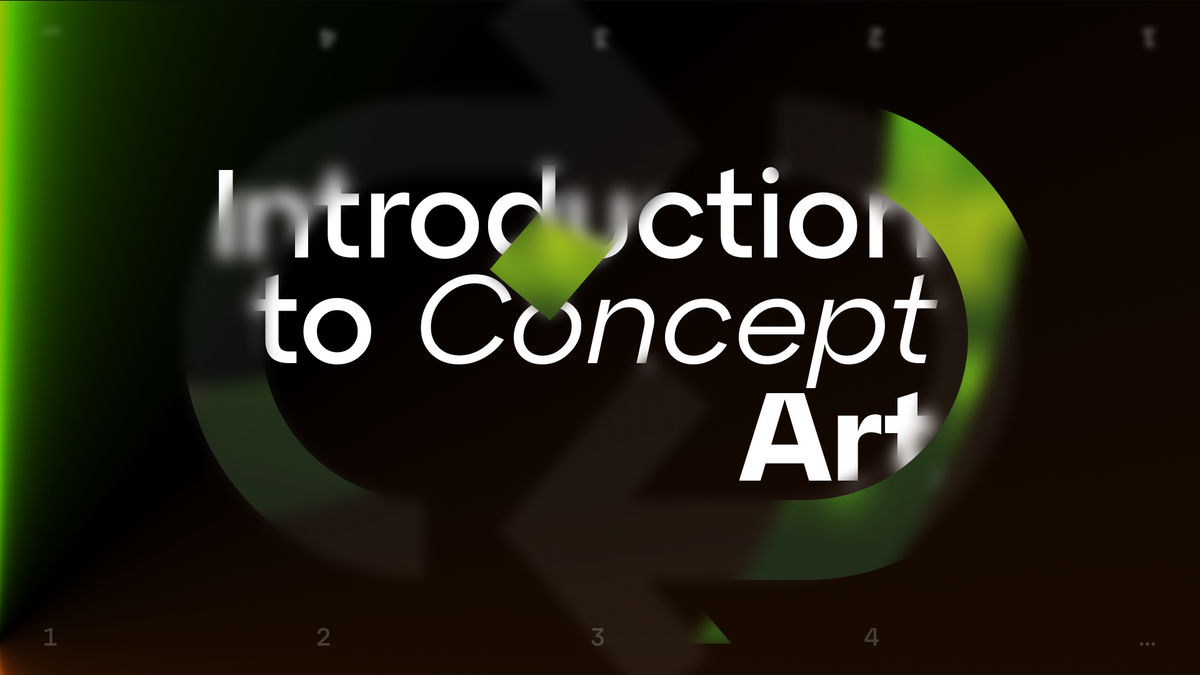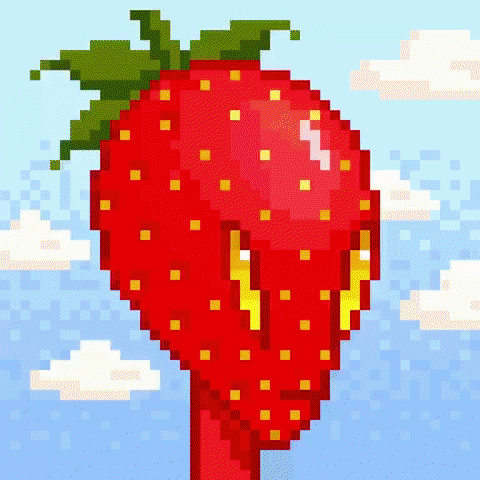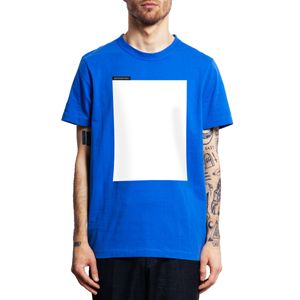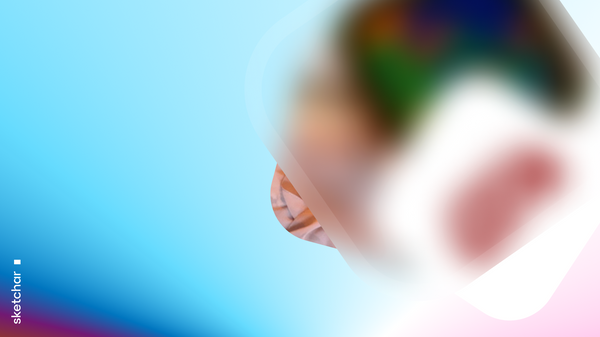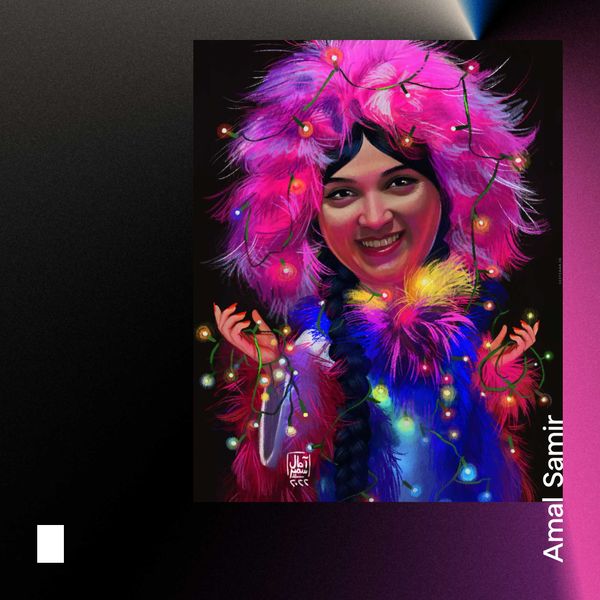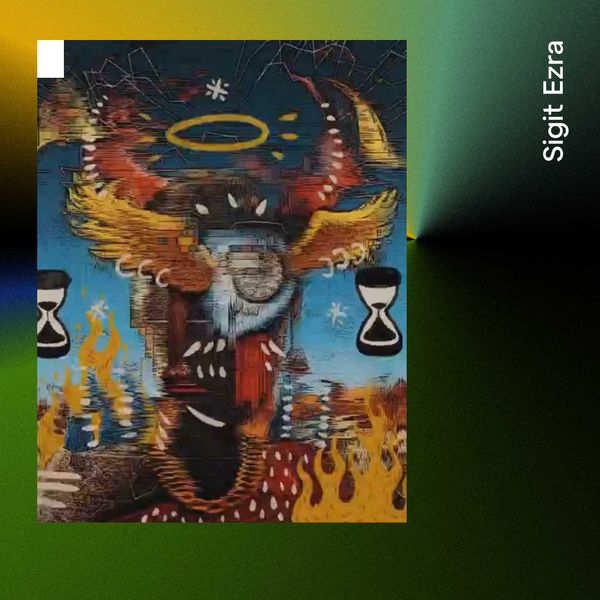Brief Introduction:
Concept Art refers to the production artwork used in movies, video games, animation, TV shows, and other forms of visual entertainment.
It is an iterative and methodical process it mainly involves:
- Working with a story and narrative in mind;
- Being familiar with the most efficient tools to create multiple iterations of art;
- Developing concept sketches;
- Refining the artwork, choosing the best sketches;
- Adding value, lighting and texture to your work to give it depth and ensure it conveys the tone and feel within the boundaries of the narrative;
In an interview with Artstation Magazine, Bob Cheshire, a concept artist behind blockbuster movies such as “Avengers” and the more recent “Doctor Strange in the Multiverse of Madness” noted that “...concept art is a question mark, not a full stop."
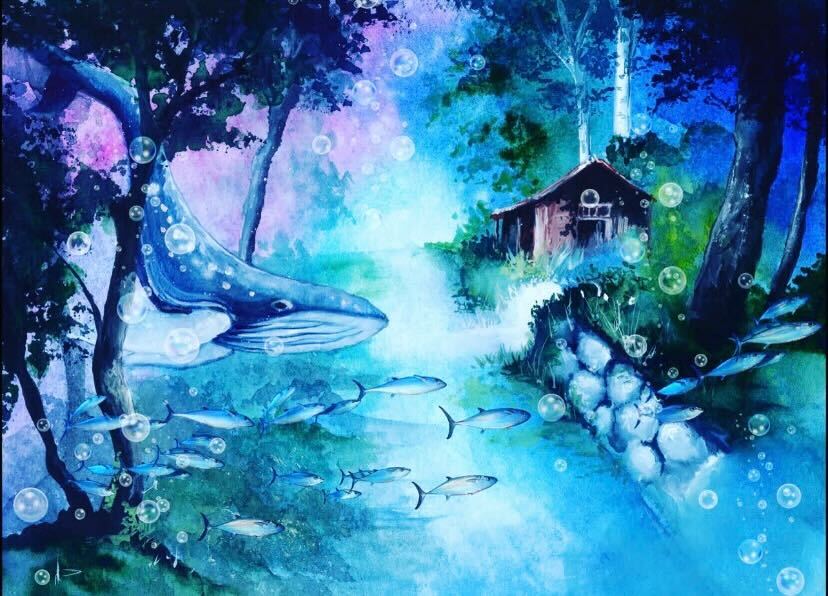
The term “concept art” is believed to have been coined during the production of Disney’s animated film Snow White (1938), and now, it is the most sought-after creative profession in the video games industry.
Calling concept art illustration is not entirely correct because illustration mainly aims to be visually appealing, which would appear to stand second or third when talking about concept art. Concept art's main goal is to be visually communicative in order to guide the production team. Therefore, concept artists deal with ideas within the boundaries of the story. They need to encapsulate "the look and the feel" of the fictional world, environment, tone etc. So, as a visual communication tool, concept art links the idea with the production. It is the foundational design for the finished visuals in entertainment.
The Three Types of Concept Art:
Concept artists who work professionally in animation, video games or film are always creating different kinds of concept art. During the pre-production of the project, each different type is carefully crafted by people who specialize in that specific area. Therefore, concept artists work under detailed briefs and create multiple iterations before settling on the final design.
- Character Concept Art: Before starting to develop the character on paper, character concept artists conduct thorough research. Depending on the project, it could be a previous, already existing version of a character. Or, if it is an original project, perhaps other characters who share similar character traits. Only then, after the initial research and countless reference images, the character concept artist starts to draft character designs.
- Environment Concept Art: Any story in any visual entertainment medium needs a unique and realistic environment that brings the characters which inhabit it come to life.
- Prop Concept Art: Vast fictional worlds need to feel lived and inhabited. They cannot be empty. And every single object's existence in the world needs to be justified.
Tools:
Concept artists employ a variety of artistic media, both traditional and digital. However, because of the fast-paced industry, the artists mainly turn to digital technologies, such as pen tablets, 3D sculpting, 3D modeling etc. Concept artists are cross-disciplinary in the medium they operate in because, in addition to digitally painting in 2D, they need to be familiar with techniques that ensure the most productive workflow while maintaining a refined level of quality.
Main techniques used by concept artists:
- Concept Sketching;
- Thumbnailing;
- Photobashing;
Being a professional concept artist is not exactly about being the most skilled painter or sketch artist. It’s about finding the tools that work best for you.
Photoshop is the industry’s standard. However, to perfect a workflow that best suits you, most professionals advise you to try out different tools.
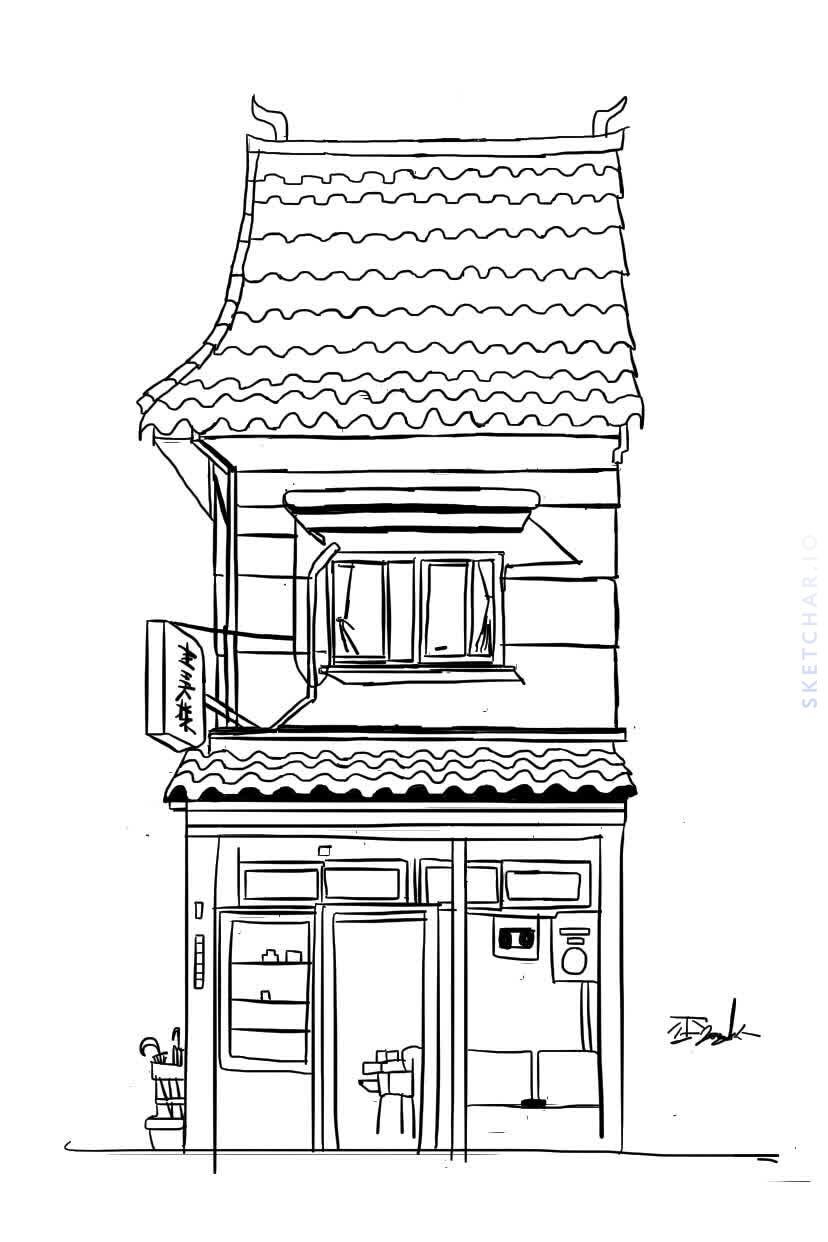
Concept Sketching:
Before opening fancy 3D software, even the most tech-savvy concept artist needs to take the first steps towards exploring and communicating ideas through a sketch.
Concept sketching is an informal interpretation of the characters or an exploration of what shapes and sizes the spaceships in your story are going to be.
In an interview published by gameindustry.biz, a professionally working concept artist, Cécile Jaubert, lists the key qualities and practices needed to become a great concept artist. He emphasized how important it is to explore different software and sketch out your ideas daily.
Most importantly, he notes - “Creativity and design are muscles that grow more flexible and strong when used often. It doesn’t mean you have to draw five hours a day though - just a sketch can be enough.”
How to get started?
Before you become a hot-shot concept artist - juggling between dozens of different digital software, we invite you to grow your creative muscles and sketch your concept art ideas on Sketchar.
- Hands on drawing lessons;
- Transform your personal photos into sketches;
Sketchar offers multiple features for artists to hone their craft, learn and stay creative. Read more about them here.
According to Shaddy Saffadi, who previously worked as a Senior Concept Artist in video game studio Naughty Dog - the game industry needs artists or rather designers with a refined sensibility for storytelling, shape design and cinematic lighting. He also emphasizes that the industry encourages newcomers to look for creative shortcuts and approach their tasks in a way that is efficient and productive. Watch his GDC talk here.

